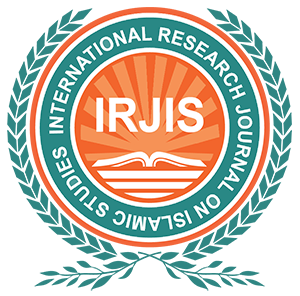Abstract:
This article presents a comprehensive study of the specific Islamic legal rulings pertaining to women, focusing on three critical physiological conditions: ḥayḍ, nifās, and istiḥāḍah. Drawing primarily upon the authenticated traditions of the Prophet Muḥammad (Peace be upon him), the paper meticulously analyzes key ḥadīth texts and their juridical interpretations as established by classical scholars. It explores the distinctions made by the Prophet himself between these forms of bleeding, and how those distinctions have informed rulings on ritual purity, prayer, fasting, sexual relations, and other acts of worship and daily life. Furthermore, the article evaluates the methodologies adopted by fuqahāʾ in deriving fiqhī rulings from the Prophetic narrations, highlighting the interplay between textual evidence, medical understanding, and contextual application. By doing so, the paper underscores the depth, nuance, and relevance of Islamic jurisprudence in addressing the unique religious responsibilities of women.
Keywords: Ḥayḍ, Nifās, Istiḥāḍah, Prophetic Traditions, Islamic Legal Rulings

